History originally published in Sport Compact Car January 2001
If looks could kill, the Peugeot 405 Mi 16 could be the love of your life. The Peugeot (say poo-joe and you’re close) 405 Mi 16 is as taut, lean and sexy as a four-door, three-box sedan could be. It debuted in 1988 as Europe’s Car of the Year and came here in three trim levels : the base DL and up-market S, topped off by the Mi 16. Spotters can identify the Mi 16 by a red-lettered badge on the trunklid, plus a discrete rear wing and Ferrari-like star-spoked alloy wheels. More important, however, was its 16-valve engine.
The transverse all-aluminum engine was almost identical to lesser 405, but had a 16-valve head based on that of Peugeot rally cars, plus a stronger bottom end. The DOHC MI 16 engine was rated at 150 bhp, thanks also in part to a 9.5:1 compression ratio, but impressive all the same for 1.9 naturally aspirated liters. Compare that with 110 bhp for the eight-valve 405s. The Mi 16 was the 405 for enthusiasts.
The 405 sold alongside the larger final five 505 in the United States beginning in late ’88 as a 1989 model. It was to be Peugeot’s renaissance model here, redeeming the lackluster Peugeot sales as well as taking advantage of Renault’s retreat from U.S. soil, leaving Peugeot is the only French car sold in the United States. If the 405 failed, Peugeot was, well, outta here.
Peugeot spared little introducing the 405, and it showed in the deluge of articles in the American press. Reviews of cars driven in Europe were generally favorable. Writers liked its wedge-ish profile, the airy cabin and especially the Mi 16 engine. A similar number of road and comparison tests followed when the car came Stateside. Auto writers, it seems, are weak when it comes to a pretty French face–especially one styled by Pinin Farina. But over here, annoying personality traits not apparent on the first date were more than evident when meeting mom and dad.
Like what? Like she was loud and harsh. The 16-valve four needed revs to get max power, but north of 5500 rpm, it was as much sound as fury. One scribe noted, “the engine did a better job of turning gasoline to noise that into speed.” Not only that, but she didn’t go all the way–to the 7000 redline, that is, with the rev limiter cutting in about 6800 rpm. Best test figures for Mi 16 the show a 0 to 60 mph time of 8.6 seconds and the quarter mile at 16.4 seconds at 85 mph. Good, but not earth-shattering.
The 195/60VR-14 Michelin MXV tires on the 6-inch wide rims made the most of the fully independent McPherson strut front suspension and trailing arm rear suspension, generating .83 lateral G’s on the skidpad, but the fuel injected engine starved for gas and lit up its oil pressure warning light after little more than one orbit. The Mi 16 was available only with a five-speed manual–no loss for true enthusiasts—but a marketing problem in a country where most drivers don’t know what to do with a clutch. Testers also found poor fit and finish on the 405, with cheap-looking plastic inside and a fragile -looking controls. The shifter didn’t match that coming from Japan, either.
But there were raves about the Mi 16’s open-road handling. It was called a great car to drive at night on an unfamiliar winding road, a sincere compliment on the Peugeot’s overall poise, and among a group of sport sedans–including the BMW 325i– the “best autocross car in the group.”
The general consensus was that for $21,185 – in 1989 money – the Mi 16 didn’t measure up. The virtues of an entertaining driving partner weren’t matched by day-in/day-out annoyances that can destroy a relationship. Not to mention that the automotive equivalents of a marriage counselor, Peugeot dealers, were far between and often not the best, even when found. Peugeot’s efforts, including a vibration damper to the crankshaft to silence the buzz, added on the 1991 model, weren’t enough for Americans to take the Mi 16, or any 405, to their hearts. Despite that, could the 405 be considered a success? Well, seen many Peugeot dealers lately?






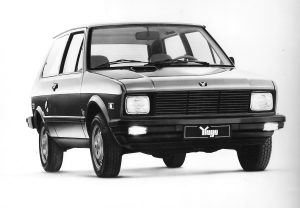
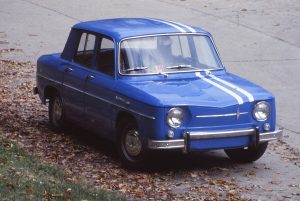

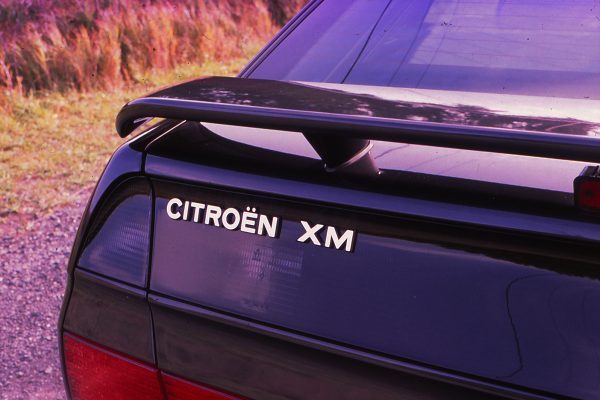
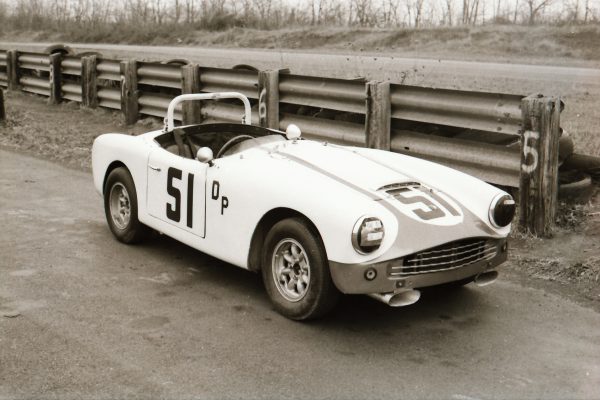
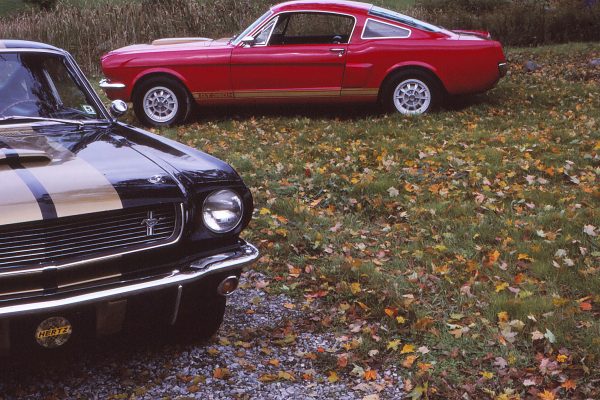
What Do You Think?
You must be logged in to post a comment.